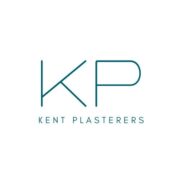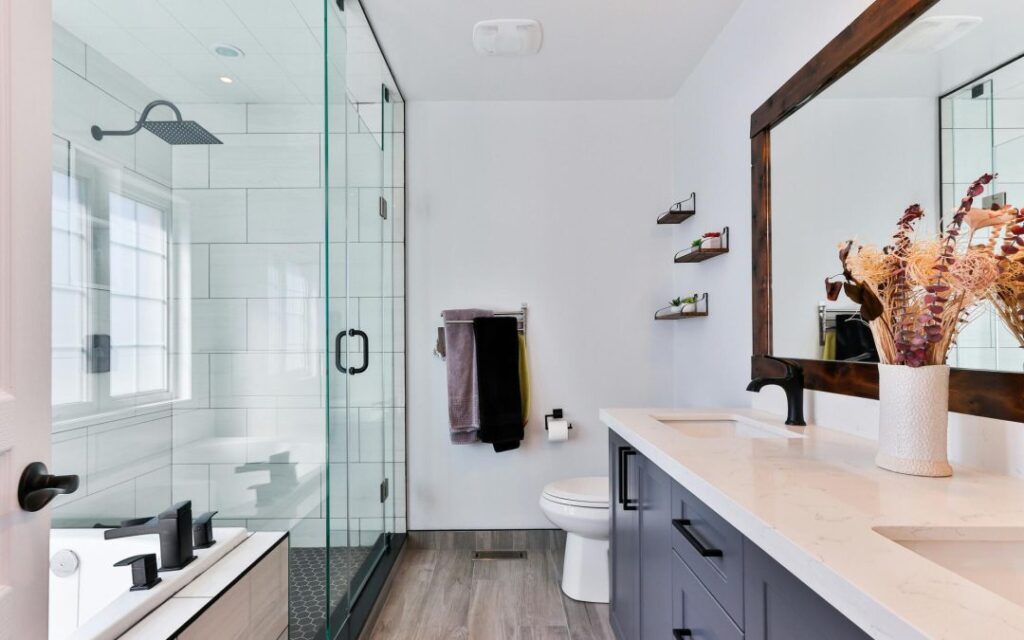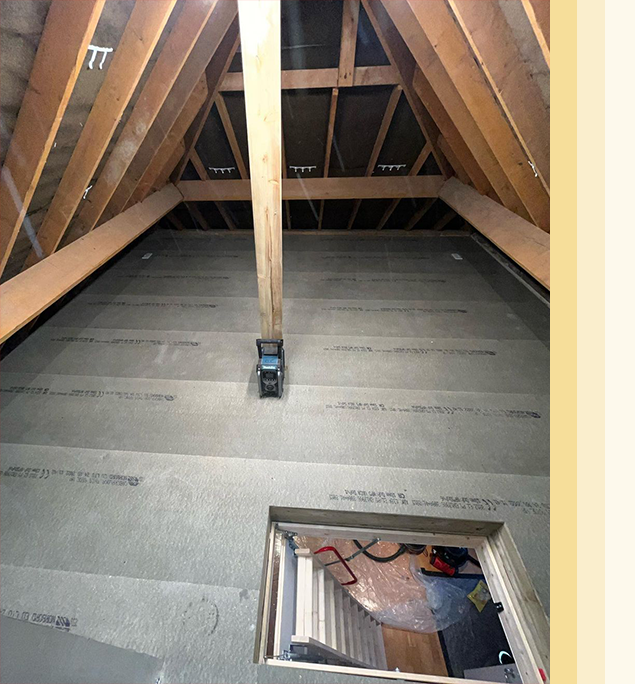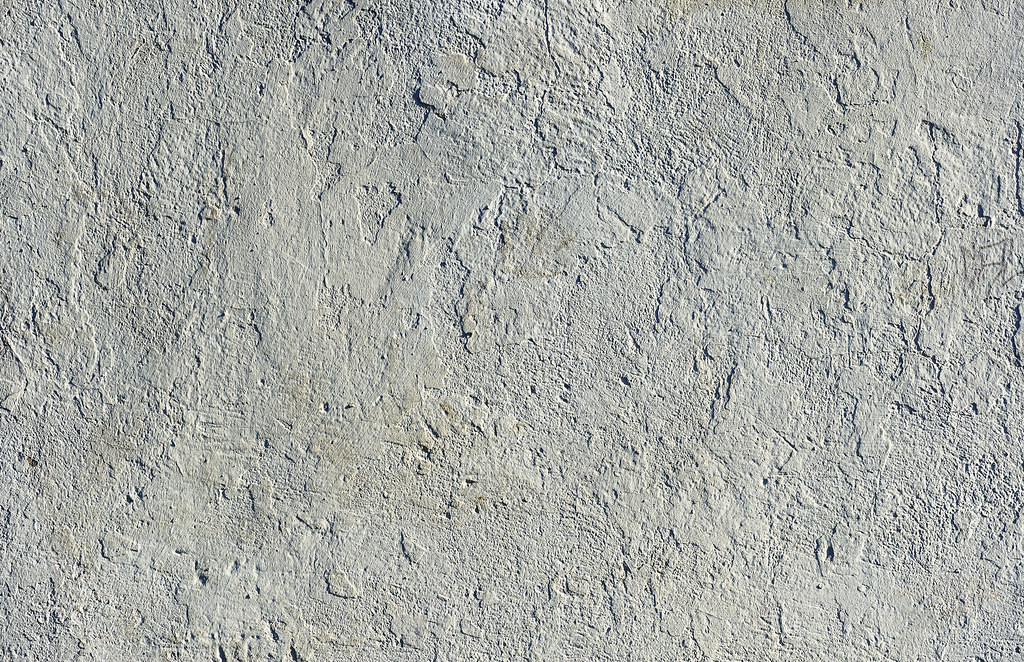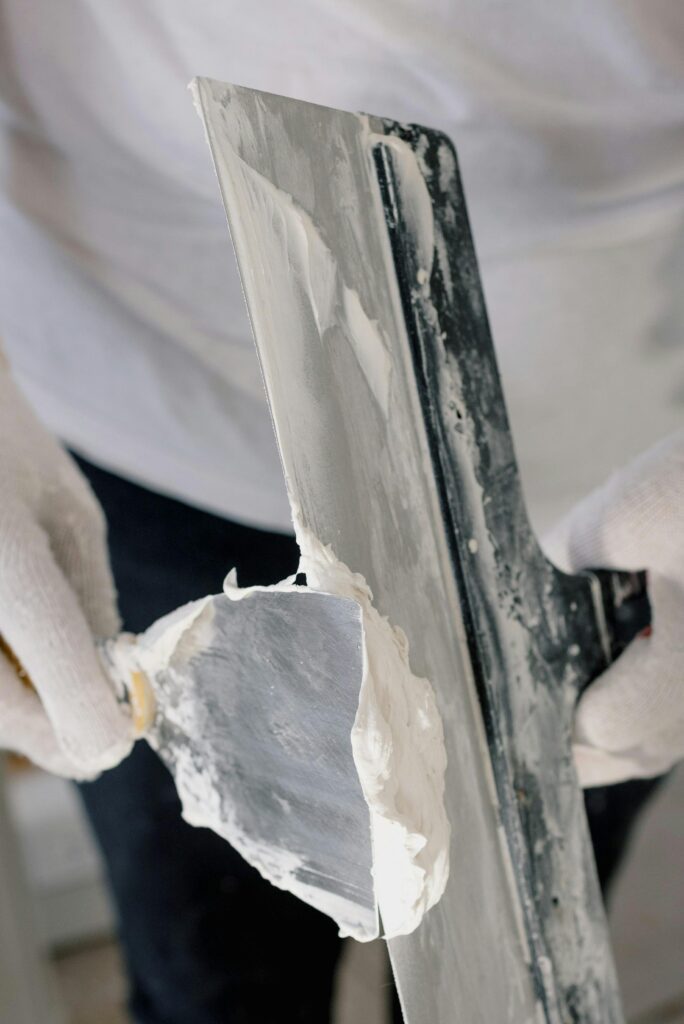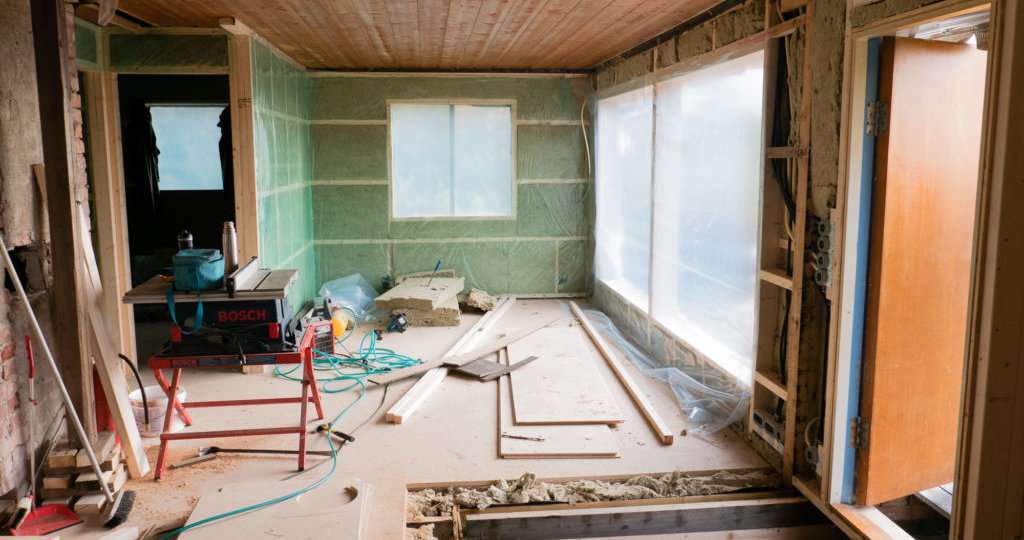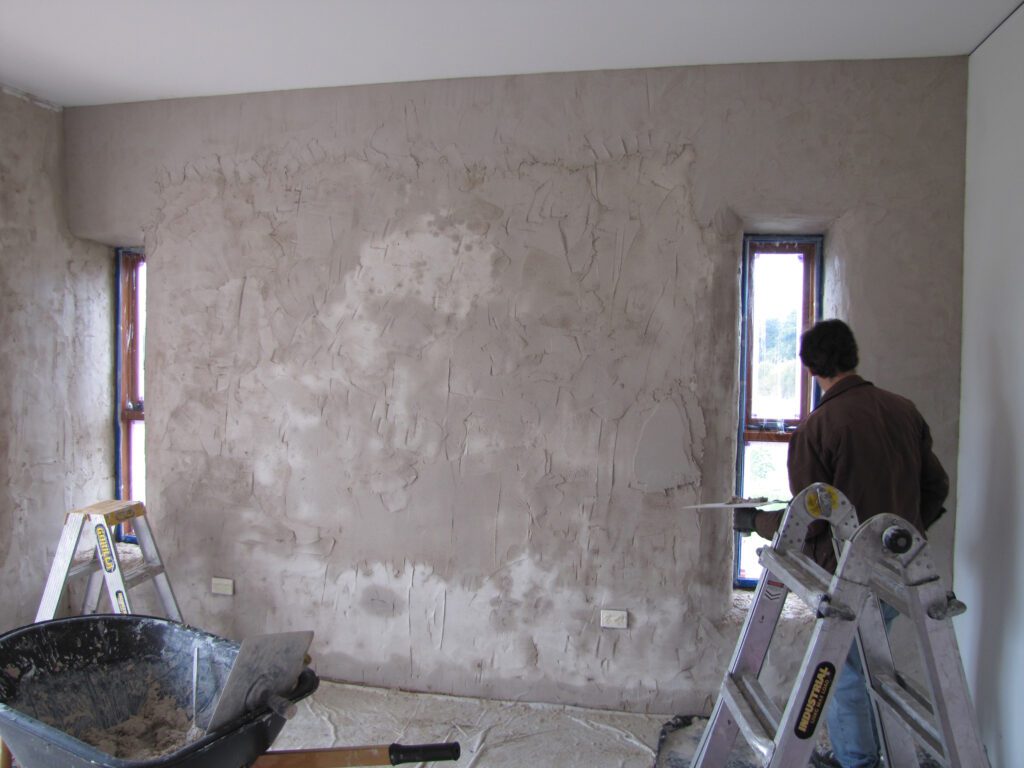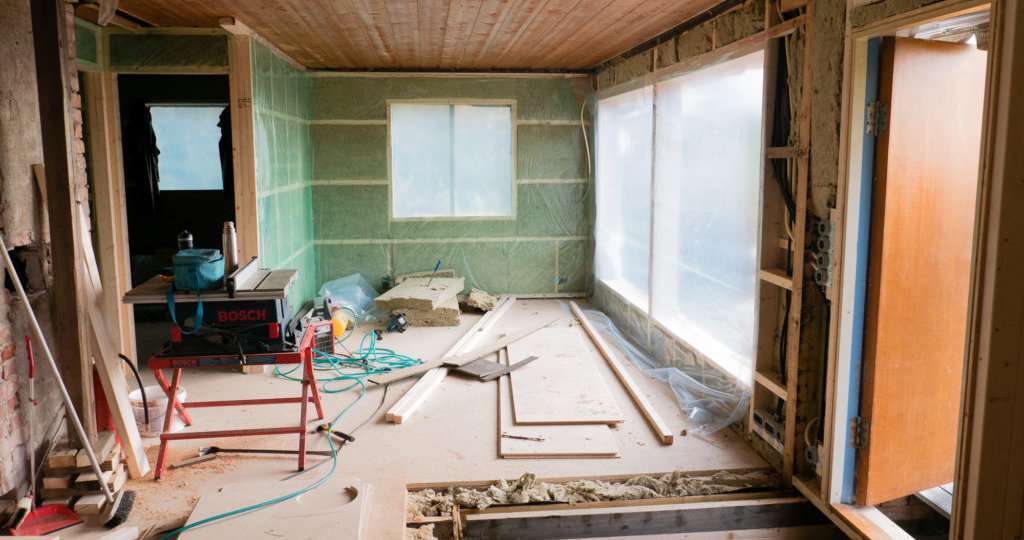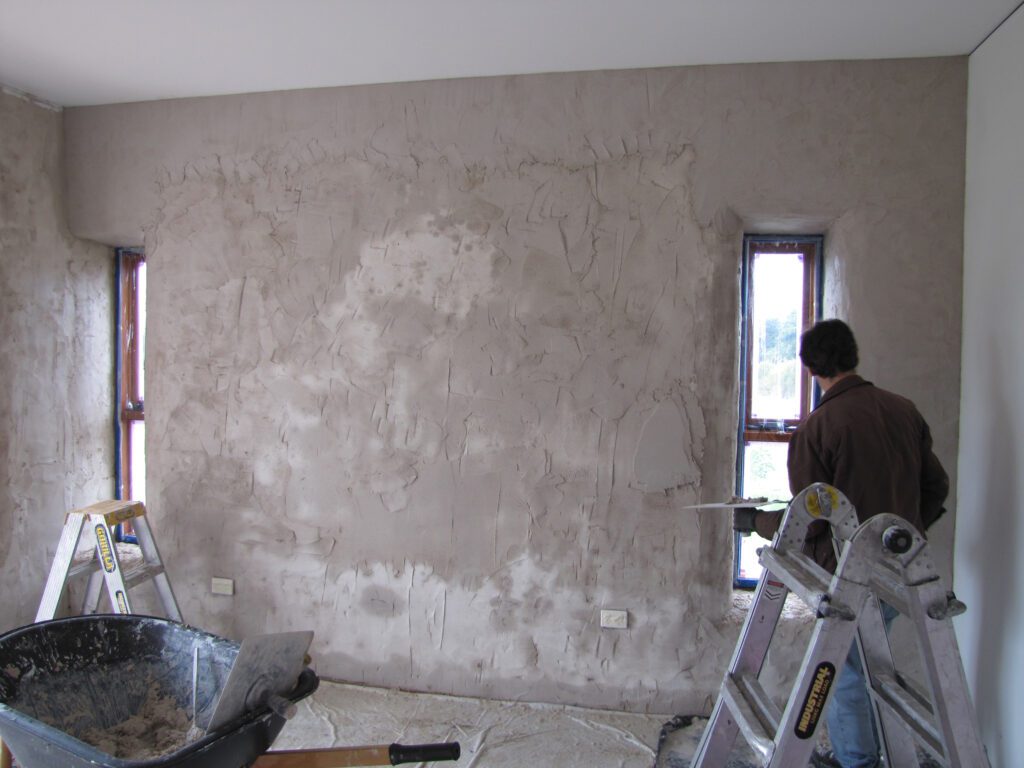How Many Mist Coats on New Plaster? The Definitive Guide for Perfect Results
Confused about mist coats on new plaster? Discover the exact number you need for a flawless finish that professional plasterers swear by. Understanding Mist Coats: The Essential First Step A mist coat is a crucial first layer of diluted paint applied to new plaster, serving as a vital bridge between the porous surface and your final paint finish. This specialized coating is essential because fresh plaster is highly absorbent and requires a paint mixture that can penetrate deeply into the surface. The science behind mist coats lies in their ability to create a strong bond – the diluted paint seeps into the microscopic pores of the plaster, establishing an anchor for subsequent paint layers. Research shows that properly applied mist coats can increase paint adhesion by up to 40%, significantly reducing the risk of peeling or flaking in the future. The Magic Number: How Many Mist Coats Do You Really Need? In most cases, one well-applied mist coat is sufficient for new plaster. However, certain factors might necessitate a second coat. The decision typically depends on: Surface porosity and texture of the plaster Type of paint being used Environmental conditions during application Final colour choice and desired finish If the first mist coat appears patchy or uneven after drying, a second coat may be beneficial. However, it’s crucial to note that over-coating with multiple mist layers can potentially seal the surface too much, preventing proper adhesion of the final paint coats. Getting the Mix Ratio Right The perfect mist coat mixture is crucial for optimal results. Professional plasterers recommend a paint-to-water ratio between 60:40 and 50:50, depending on your paint’s thickness. For standard emulsion: 70:30 ratio – For thicker paints or less absorbent plaster 60:40 ratio – The most commonly used mix 50:50 ratio – For particularly porous surfaces Always test your mixture on a small area first to ensure proper absorption. Preparation: Setting Yourself Up for Success Before applying any mist coat, proper preparation is essential. Your plaster must be completely dry – typically taking 3-7 days in summer and up to 14 days in winter. Look for these signs of readiness: Uniform light colour across the surface No dark patches indicating moisture Surface feels dry to touch No cold spots when running your hand over the wall Common Mistakes to Avoid Many DIY enthusiasts and even some professionals make these critical errors when applying mist coats: Using undiluted paint Applying the coat before plaster is fully dry Using incorrect paint types (avoid vinyl silk or bathroom paints) Rushing the application process Neglecting to stir the mixture thoroughly The Complete Mist Coat Process Follow this step-by-step guide for perfect mist coat application:1. Ensure the room is well-ventilated2. Mix your paint and water thoroughly3. Apply using a roller or brush in smooth, even strokes4. Work in manageable sections5. Allow 24 hours drying time6. Assess the coverage and evenness Moving Beyond the Mist Coat Once your mist coat is completely dry, you’re ready for top coats. Most professional decorators recommend 2-3 top coats for the best finish. Allow adequate drying time between coats – typically 2-4 hours in good conditions. Use high-quality paint and maintain consistent application techniques for professional results. Professional Tips for Flawless Results Our expert plasterers at Kent Plasterers recommend these professional techniques: Use a roller with a medium pile for optimal coverage Keep a wet edge while working to avoid lap marks Work top-to-bottom and maintain consistent pressure Check lighting angles to spot any imperfections Consider using a paint conditioner for smoother application Final Thoughts: Ensuring Long-lasting Results The key to a perfect finish lies in patience and proper technique. Remember that one well-applied mist coat is usually sufficient, followed by quality top coats. Regular maintenance, including cleaning with appropriate products and prompt repairs of any damage, will ensure your painted surfaces remain beautiful for years to come. For professional results in Kent and surrounding areas, consider consulting experts who understand the nuances of proper plaster preparation and painting techniques. FAQ Can you do two coats in one day? Oil-based paint typically requires a waiting period of 24 hours between coats, while latex paint can be recoated after 4 hours. It’s essential to provide proper time for the paint to dry before applying a second coat to ensure optimal results. Can I paint straight onto new plaster? Painting a newly plastered wall requires more preparation than painting a normal wall. You can’t start painting new plaster directly and instead have to take steps to seal the plaster so you can get the colourful finish you want. What is the first coat of plaster called? A plaster undercoat refers to the initial layer of plaster applied to a surface, often as part of the process of creating a smooth and even finish on walls or ceilings. This undercoat is also known as a base coat or scratch coat. Do I need to do two mist coats? All you need to do is dilute some emulsion paint with water and apply it to the plaster using a roller, paintbrush or spraying. One mist coat should suffice, but you can apply a second (or even third) coat just for extra peace of mind. What happens if you mist coat plaster too soon? New plaster must be completely dry before applying a mist coat. Plaster typically takes two to four weeks to dry, depending on the thickness, temperature, and ventilation of the room. Painting over damp plaster traps moisture beneath the paint, leading to peeling, flaking, and bubbling. Sources [1] https://abdrylining.com/painting-new-plaster/ [2] https://www.homebuilding.co.uk/advice/painting-new-plaster [3] https://www.mybuilder.com/questions/v/49574/how-many-mist-coats-on-fresh-plaster
How Many Mist Coats on New Plaster? The Definitive Guide for Perfect Results Read More »
